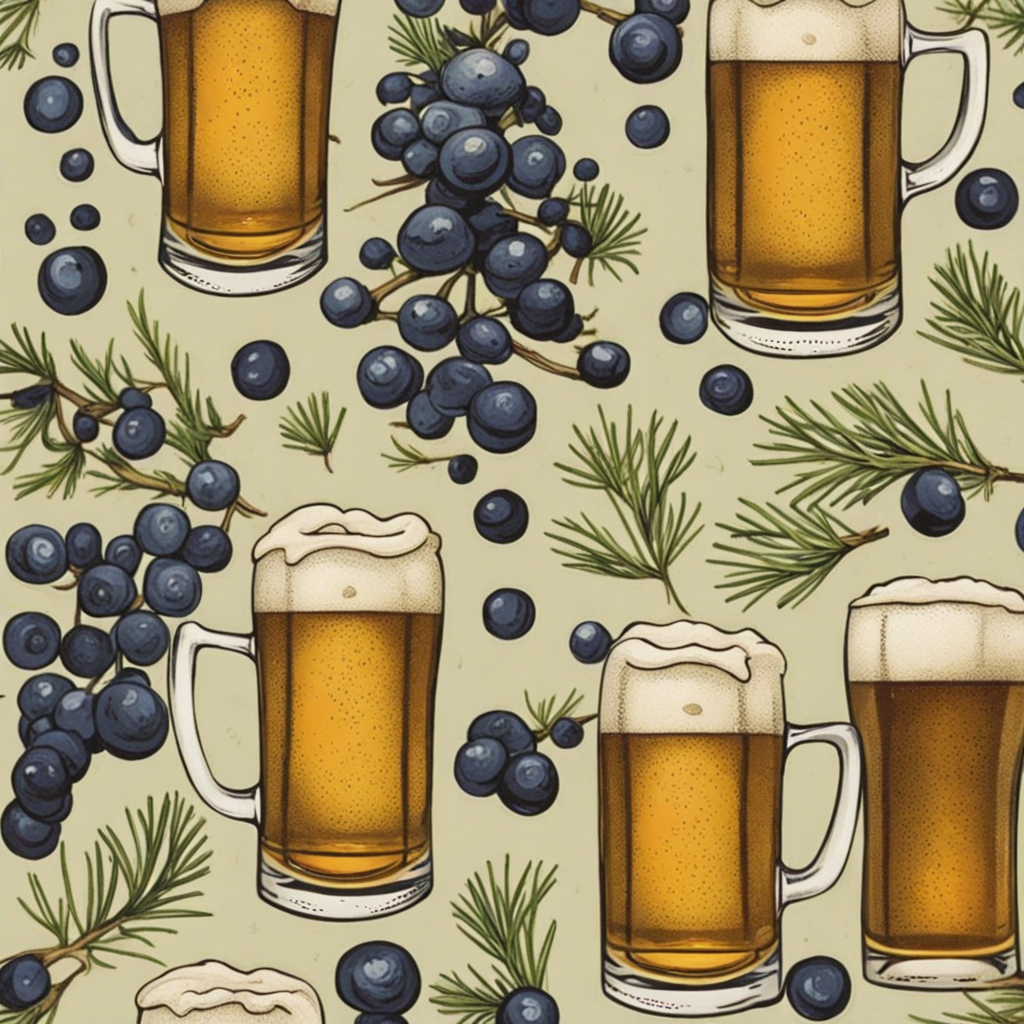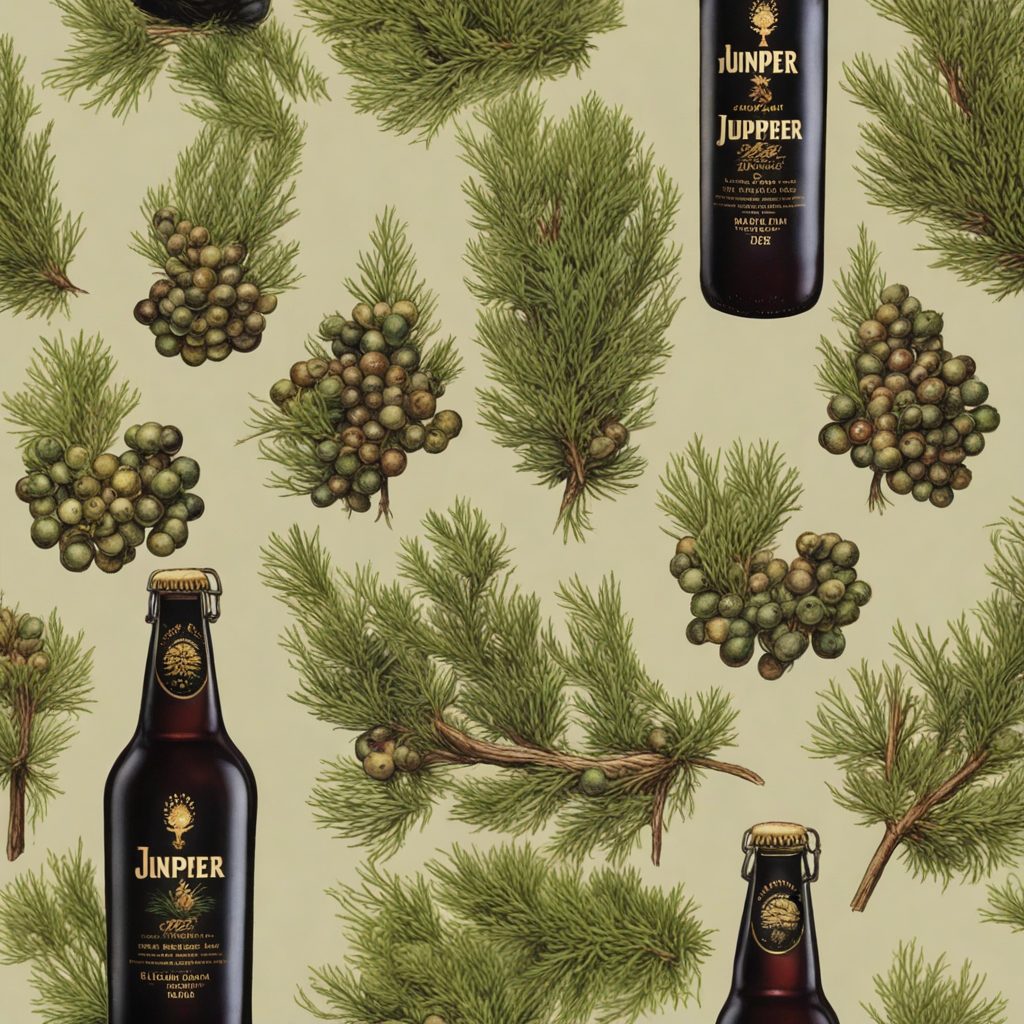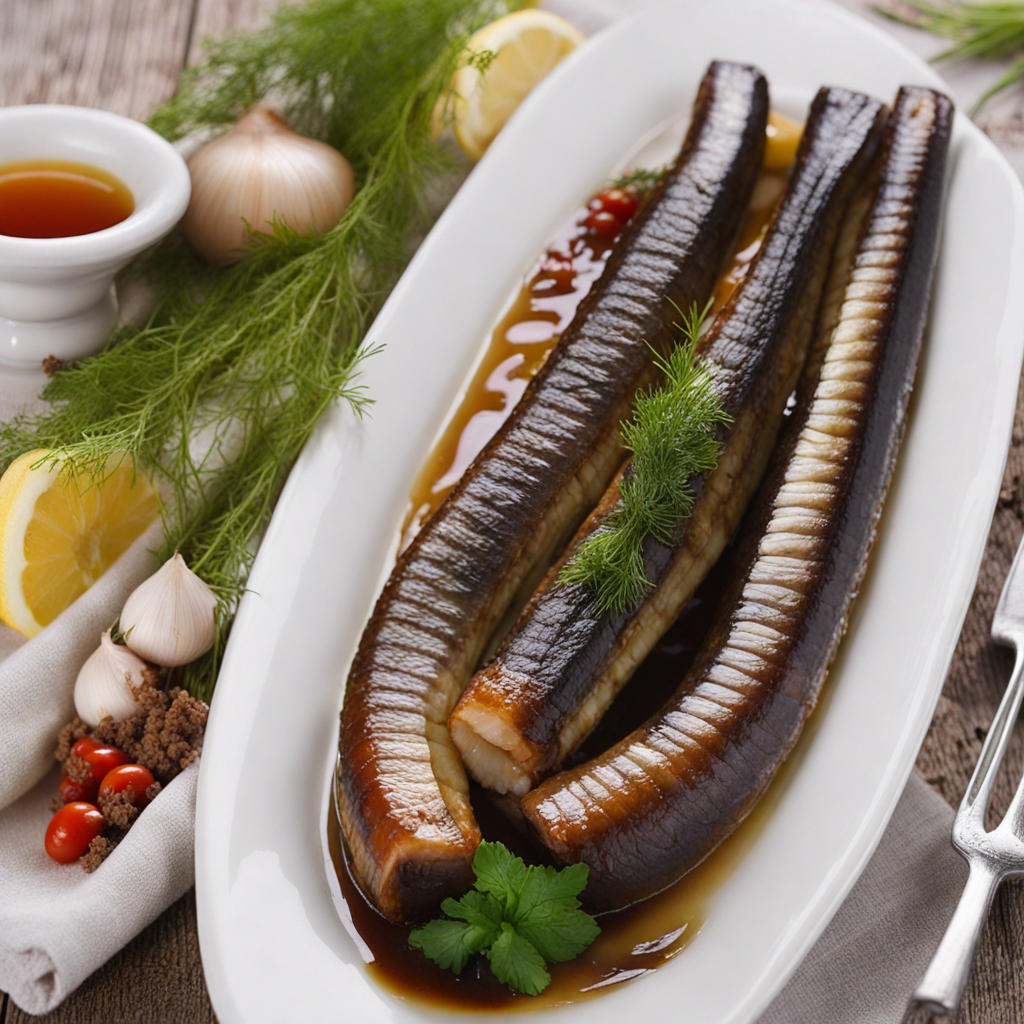Juniper Beer
Juniper Beer, or "Kadakaõlu" as it is known in Estonia, is a distinctive beverage that beautifully reflects the country's rich natural landscape and cultural heritage. This traditional beer is brewed using juniper berries, which impart a unique, aromatic flavor profile that is both earthy and slightly sweet. The use of these berries not only adds a refreshing twist to the beer but also brings a touch of the Estonian forest into every sip, making it a truly local experience. The process often involves foraging for fresh juniper, connecting the drinker to the sustainable practices of Estonian brewing traditions. As you take your first sip of Juniper Beer, you'll likely notice the crispness that accompanies its herbal notes. The bitterness typical of hops is mellowed by the juniper, creating a balanced drink that is surprisingly smooth and drinkable. This beer is often lightly carbonated, enhancing its refreshing qualities and making it an excellent choice for warm summer days or as an accompaniment to hearty Estonian cuisine. The subtle hints of pine and spice from the juniper berries evoke the essence of Estonian forests, offering a sensory journey through the country's natural beauty. Juniper Beer is not just a beverage; it’s an experience that invites you to explore Estonian culture. It pairs wonderfully with a variety of local dishes, such as smoked fish, rye bread, or hearty meat stews, enhancing the flavors of the meal while showcasing the versatility of this unique beer. Whether enjoyed in a cozy tavern or during a summer festival, Juniper Beer is a celebration of Estonia’s culinary identity, inviting adventurous palates to discover its enchanting taste.
How It Became This Dish
The History of Kadakaõlu: Estonia’s Juniper Beer Kadakaõlu, a traditional Estonian beer, holds a unique place within the country’s culinary landscape. With its distinctive flavor profile enriched by the use of juniper berries, Kadakaõlu is not just a beverage; it embodies centuries of cultural heritage, agricultural practices, and social rituals in Estonia. This engaging exploration of Kadakaõlu delves into its origins, cultural significance, and evolution over time. #### Origins: The Roots of Kadakaõlu The roots of Kadakaõlu trace back to the ancient practices of brewing in the Baltic region, where both agriculture and natural resources shaped the local food culture. Juniper, a hardy shrub that flourishes in Estonia’s temperate climate, has been utilized by the Estonian people for generations, not only for medicinal purposes but also as a flavorful ingredient in food and beverages. The earliest records of beer brewing in Estonia date back to the 13th century, coinciding with the arrival of German merchants and monks who introduced their brewing techniques. However, the locals quickly adapted these methods, integrating native ingredients such as barley, rye, and juniper berries into their recipes. The specific use of juniper in brewing is particularly significant; it provided a unique flavor that distinguished Estonian beers from those of neighboring regions. Kadakaõlu specifically refers to a type of beer brewed with juniper. The name itself translates to "juniper beer," directly reflecting its star ingredient. The traditional brewing methods often involve using the whole juniper plant—berries, leaves, and sometimes even the wood—imparting a complex and aromatic quality to the beer. #### Cultural Significance: A Drink of Tradition Kadakaõlu is more than just a beverage; it is woven into the fabric of Estonian culture and traditions. Historically, beer has played a central role in various social gatherings and rituals. In Estonia, Kadakaõlu was often consumed during celebrations, feasts, and communal gatherings, symbolizing hospitality and community spirit. The brewing process itself is a testament to the communal nature of Estonian society. Families would often brew their beer at home, passing down recipes through generations, fostering a strong sense of identity and connection to heritage. During festive occasions such as Midsummer (Jaanipäev), Kadakaõlu would be served alongside traditional dishes, reinforcing its status as a drink of celebration. In rural areas, Kadakaõlu held a special place in agricultural practices. Farmers would brew this beer to celebrate the harvest, marking the culmination of months of hard work. It was not uncommon for communities to come together to enjoy Kadakaõlu during harvest festivals, highlighting the interconnectedness of food, drink, and the agricultural cycle. #### Development Over Time: From Tradition to Modernity As Estonia moved through significant historical changes, including periods of foreign rule, independence, and Soviet occupation, so too did the brewing of Kadakaõlu. The 20th century brought about profound shifts in the food and beverage landscape, with industrialization and commercial brewing becoming more prevalent. This shift, however, did not erase the traditional practices; instead, it led to a fascinating juxtaposition between artisanal brewing and mass production. During the Soviet era, many traditional recipes, including those for Kadakaõlu, were lost or altered as brewing became centralized and standardized. While some breweries sought to maintain the authenticity of local brews, many Estonians turned to home brewing as a way to preserve their cultural heritage. This grassroots revival was instrumental in keeping the spirit of Kadakaõlu alive, with families continuing to brew their recipes in basements and backyards. The restoration of Estonian independence in 1991 marked a renaissance for traditional foods and beverages, including Kadakaõlu. As the nation embraced its cultural heritage, there was a renewed interest in local produce and artisanal brewing. Microbreweries and craft beer movements began to flourish, with many brewers experimenting with Kadakaõlu recipes, often incorporating modern techniques while staying true to traditional flavors. Today, Kadakaõlu is celebrated not just as a historical beverage, but as a symbol of Estonian identity. Many festivals and cultural events now feature Kadakaõlu, drawing attention to its artisanal roots and the importance of local ingredients. Local breweries often host tasting events, allowing visitors to appreciate the rich flavors of Kadakaõlu while learning about its history and brewing process. #### The Modern Revival: Craft Breweries and Innovation In recent years, Estonia’s craft beer scene has exploded, with an increasing number of microbreweries and artisanal producers reviving traditional recipes, including Kadakaõlu. These modern interpretations often play with the balance of flavors, introducing new techniques and ingredients while honoring the essence of the original juniper beer. Some brewers experiment with different types of juniper, while others incorporate various spices and botanicals to create innovative variations. The revival of Kadakaõlu has also sparked interest among younger generations, who seek to connect with their heritage through food and drink. Breweries are collaborating with local farmers to source organic and sustainably-harvested ingredients, emphasizing the importance of locality and environmental consciousness in brewing practices. Moreover, Kadakaõlu has gained recognition beyond Estonia’s borders, with international festivals and competitions celebrating its distinct character. As Estonian cuisine garners more attention on the global stage, Kadakaõlu stands out as a unique offering that encapsulates the essence of the country’s natural landscape and cultural identity. #### Conclusion: A Toast to Kadakaõlu Kadakaõlu is more than just a beer; it is a living testament to Estonia’s rich history, cultural significance, and the resilience of its people. From its ancient roots to its modern revival, Kadakaõlu serves as a bridge connecting past and present, tradition and innovation. As it continues to evolve, the spirit of Kadakaõlu reflects the enduring legacy of Estonian culture—a celebration of community, nature, and the simple joys of life. Whether enjoyed during a festive gathering or a quiet evening, Kadakaõlu is a flavorful reminder of the importance of heritage, hospitality, and the age-old practice of brewing. In every sip, one can taste the history, the land, and the spirit of Estonia itself.
You may like
Discover local flavors from Estonia







